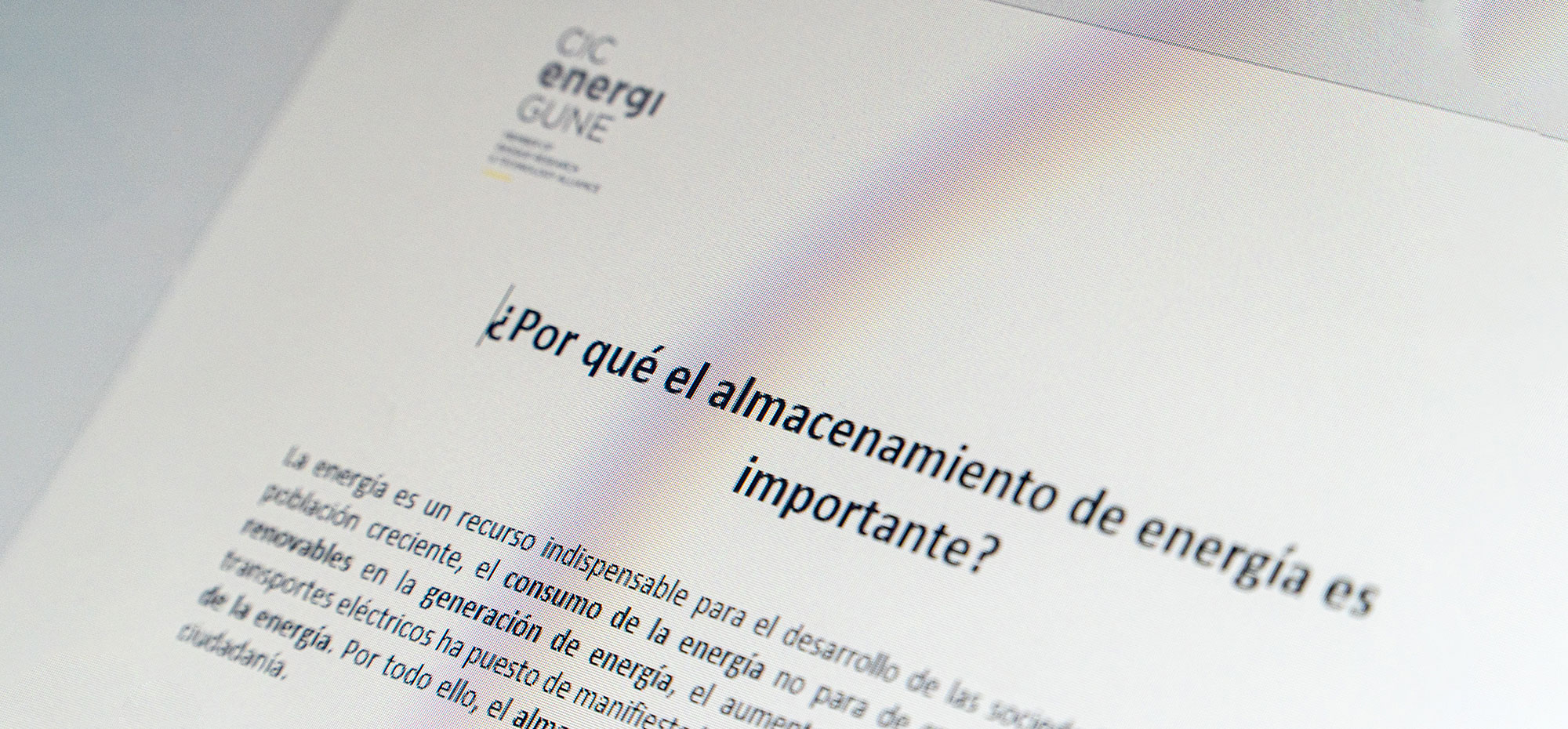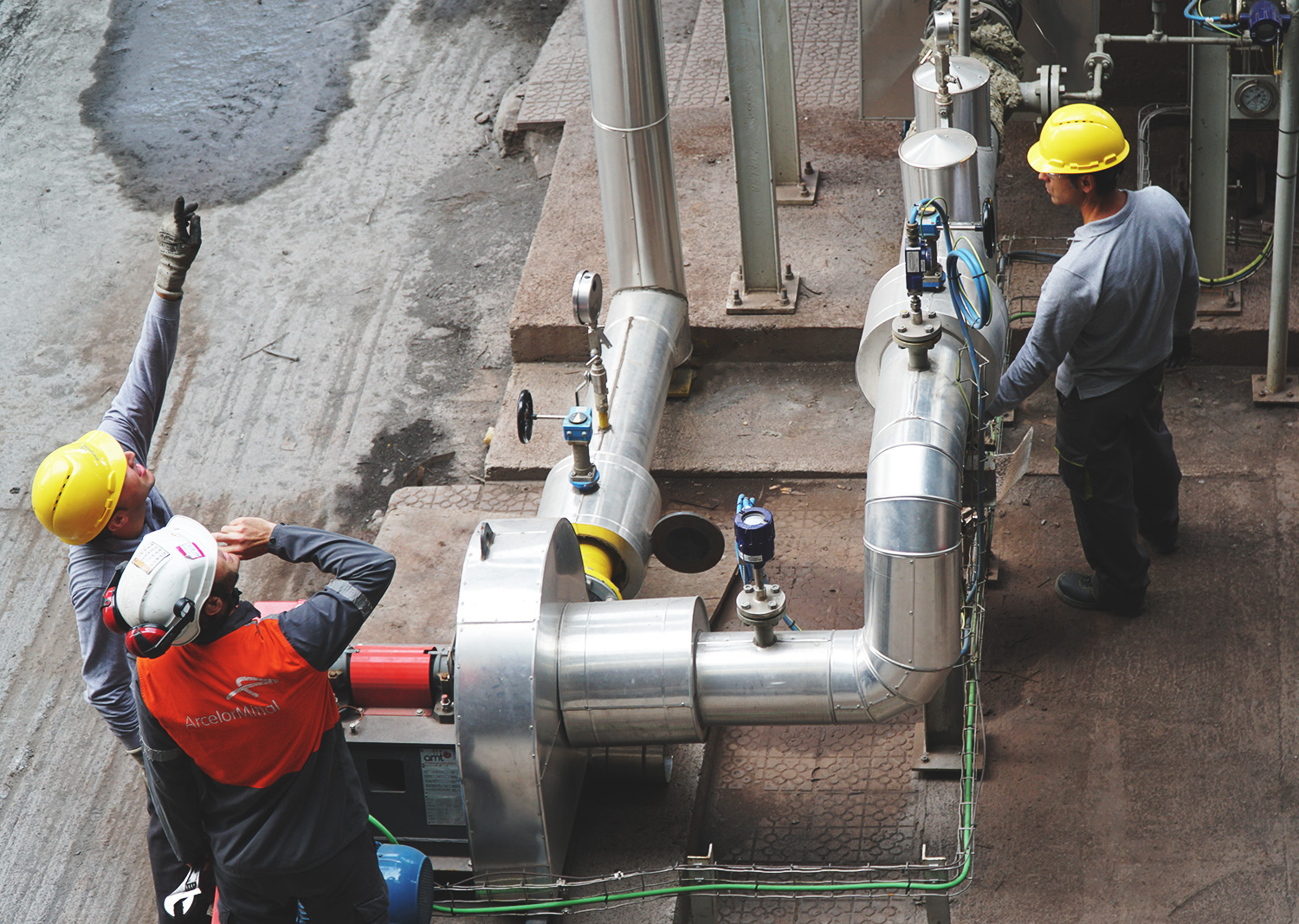Around 90% of the energy consumed in the world today involves the generation or use of heat in its processes (e.g. in the residential, industrial or even food sectors). This means a high impact in environmental terms, which is further aggravated by the fact that, until now, few companies and entities opted for technologies and solutions that would allow them to reuse this generated thermal energy (with the corresponding ecological and economic impact), disposing it in many cases. Hence, in order to mitigate climate change and achieve greater efficiency and optimization in processes and costs, it is essential to research and develop technological advances in the way we store, convert and transmit thermal energy. Especially if we take into account the variety of uses and applications in which these solutions can contribute to decarbonization goals.
Thermal storage as a low-cost solution
Although renewable energies are the most economical source of electricity to date, their intermittency and the time delay between energy production and demand means that they demand a storage solution. Currently, there are effective alternatives and technological lines, such as hydroelectric power plants or batteries. In the first case, the large infrastructure and amount of resources associated with hydroelectric power plants makes this kind of solution difficult to proliferate; in the second case, the expected high demand for storage will far exceed the expected capacity of electrochemical storage technologies, making it necessary to complement batteries with other types of technological alternatives in order to meet the total decarbonization targets to which Europe has committed itself for the coming years.
In this context, the potential of thermal energy storage arises. One of the great advantages of this type of system is its capacity to store large amounts of energy in intra-day operations at a relatively low cost. Hence, for example, its use in solar power generation through concentrating solar power (CSP) plants, which are expected to be able to supply 6% of the world´s electricity demand by 2030 and even 12% by 2050.
But beyond this use, thermal energy storage has great potential for applications and sectors where this solution can contribute to improving energy efficiency, such as in large industrial processes or in our day-to-day lives in homes or buildings.











